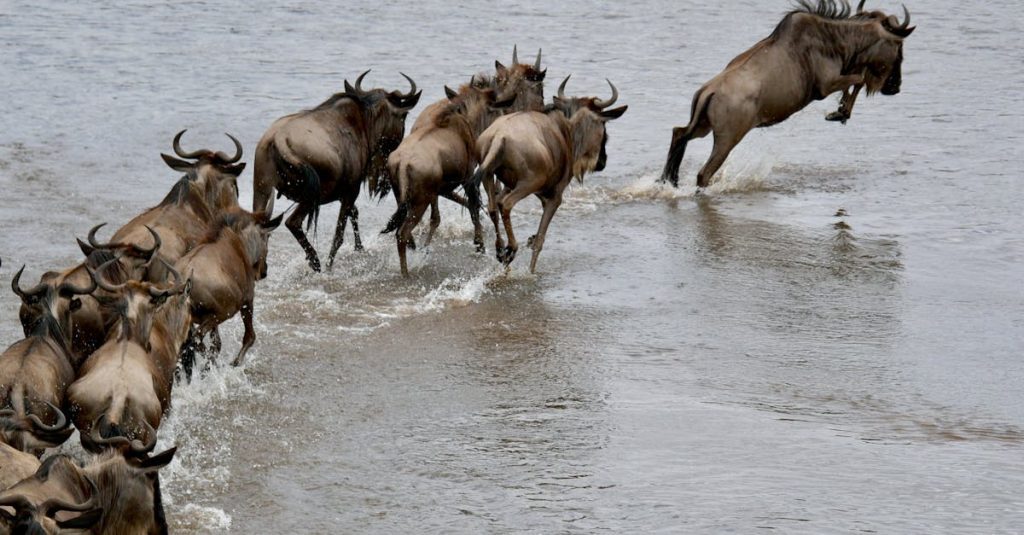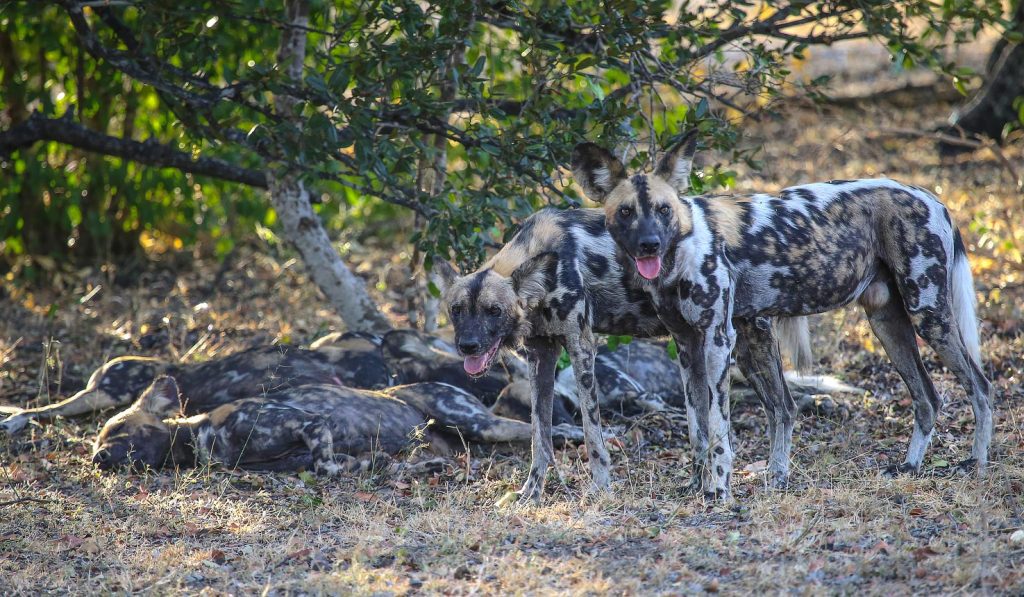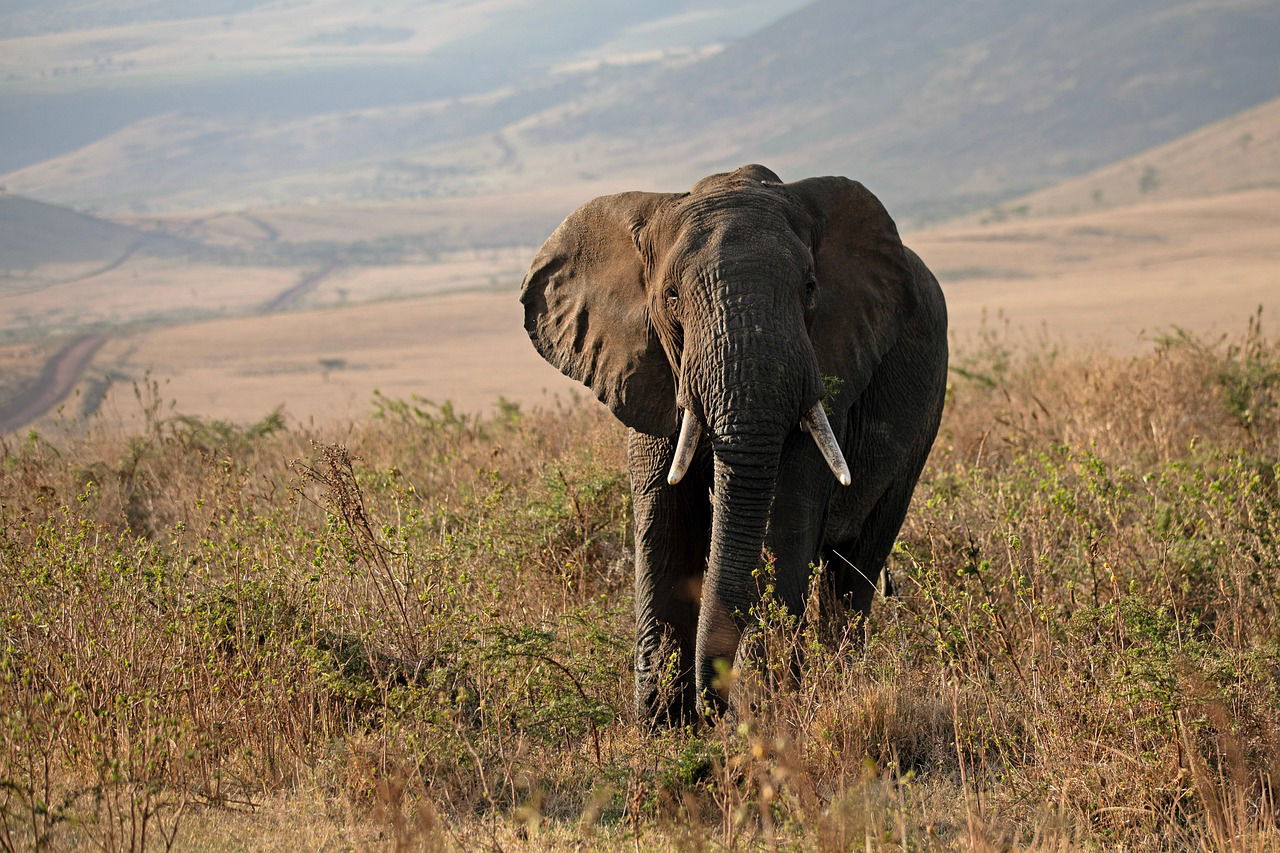Tanzania offers an experience for every type of holidaymaker. With amazing game reserves filled with wildlife, stunning beaches, luxurious accommodations, and a rich culture and cuisine, there is something for everyone.
Tanzania is home to some of the richest tourist destinations in the world, featuring six UNESCO World Heritage Sites and exotic beaches. Its wildlife resources are among the finest globally, including the Serengeti plains, which host the largest terrestrial mammal migration on Earth. The Ngorongoro Crater, the world’s largest intact volcanic caldera, boasts the highest density of big game in Africa. Additionally, Tanzania is home to Kilimanjaro, Africa’s highest mountain.
Here are some compelling reasons to consider Tanzania for your next holiday.
Mount Kilimanjaro

Africa’s highest peak rises to 5,895 meters above the surrounding plains. Kilimanjaro, located in northeastern Tanzania, is a summit that invites adventurers to conquer it. As the tallest mountain in Africa, it can be seen from afar, even reaching into Kenya. The mountain serves as a vital life force for the local Chagga people and others living in its vicinity, offering rich volcanic soils for agriculture and a continuous supply of pure spring water. Each year, approximately 75,000 people attempt to climb Kilimanjaro. While it is not the most remote or challenging mountain, it remains an awe-inspiring sight and is highly recommended for anyone interested in mountaineering.
While it is not a technical climb requiring ropes or crampons, don’t underestimate its difficulty; it is a tough ascent.
The Great Migration in Tanzania

Africa is home to incredible wildlife experiences, but one of the most spectacular is the Great Migration. This once-in-a-lifetime event is on the bucket list of many travellers to Africa, and it is truly an unforgettable spectacle.
In the Serengeti ecosystem, which includes the Masai Mara in Kenya, there are approximately 1.5 million wildebeest and half a million zebras, along with Thompson’s gazelles and elands. These animals are on a continuous journey through this vast wilderness.
Following the rains that bring fresh grass, the herds move in a seasonal circuit. They give birth in the southern plains around February, then migrate west and north, reaching the northern Serengeti and the Masai Mara by July. By October, they start their journey back south. However, it’s important to note that this migration is heavily influenced by rainfall patterns, so the timeline can vary.
View our Tanzania Wildlife Safaris to spot the Great Migration
Zanzibar and the Indian Ocean Spice Islands

If you’re planning a visit to the Indian Ocean coast of Tanzania, whether as a standalone beach holiday or as a way to unwind after a safari or climbing Kilimanjaro, there are plenty of beautiful places to stay.
While you’ll want to relax by the coast for a while, be sure to set aside some time to explore Stone Town as well. Divers and snorkelers will be thrilled here, with a selection of world-class diving sites available to choose from.
Explore the Magic of Zanzibar with our Guided 3-day tour
The Ngorongoro Crater

A jewel in Tanzania’s crown is the Ngorongoro Crater, the world’s largest intact volcanic caldera and a haven for a remarkable variety of wildlife, making it a “must-see” on any visit to Tanzania. The backdrop of the crater walls provides stunning photographic opportunities as you watch animals wander through the grasslands on the crater floor toward the lake.
The Ngorongoro Crater in northern Tanzania is also known as “Africa’s Garden of Eden”. The ancient caldera, which is the remnant of an enormous extinct volcano, measures 16 kilometres in diameter. Inside, the grasslands, freshwater and soda lakes, and acacia forests are home to a diverse array of wildlife, including the Big Five. The only common species not found here are giraffes and impalas.
The Maasai of Tanzania

There is no doubt that the Maasai tribe is one of the most recognized tribes in Africa. Warriors and elders wearing red shukas (blankets) and beaded adornments are commonly seen throughout northern Tanzania.
The Maasai people of East Africa inhabit southern Kenya and northern Tanzania, specifically along the Great Rift Valley, in semi-arid and arid regions. They are renowned for their distinctive red cloth called the Shuka and their vibrant customs. The Maasai warmly welcome visitors who wish to experience their culture and lifestyle firsthand.
Exploring their traditional culture can be a fascinating experience, especially when approached with sensitivity.
Explore Tanzania culture on our 14-day Wildlife and Cultural Safari
Tanzania's Nature, Birdlife and Wildlife
Tanzania’s natural beauty is remarkable, showcasing some of the most diverse wildlife on the planet. It boasts the largest concentration of animals, including approximately 120,000 elephants, 160,000 buffaloes, and around 2,000 rhinos. The country is also home to an impressive 1,100 species of birds, offering excellent opportunities for birdwatching. Notably, Tanzania has the largest population of African wild dogs. From expansive grasslands to lush woodlands, Tanzania provides incredible chances for sightseeing and wildlife safaris.
Go on a Safari Across Tanzania
Safari Hidden Gems of Tanzania

Southern and western Tanzania are often overlooked by travellers who typically focus on the more famous parks in the north. However, these regions are highly regarded by serious safari enthusiasts. The southern parks, Nyerere(Selous) and Ruaha, offer excellent wildlife viewing, a wider variety of activities, and better value for money compared to northern Tanzania. In contrast, the remote western parks, Mahale and Katavi, are more expensive and harder to reach, but they provide a unique safari experience and an authentic taste of the African wilderness.





